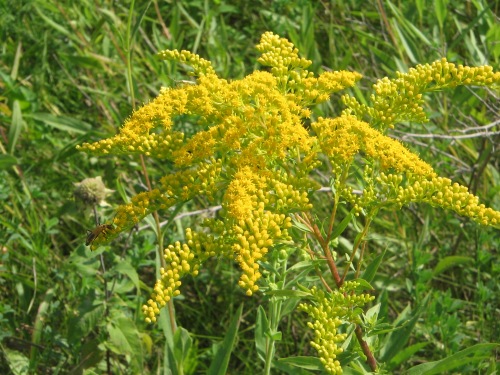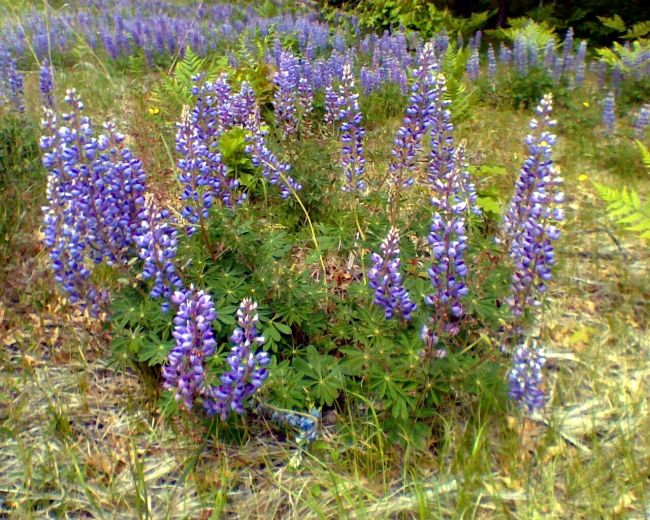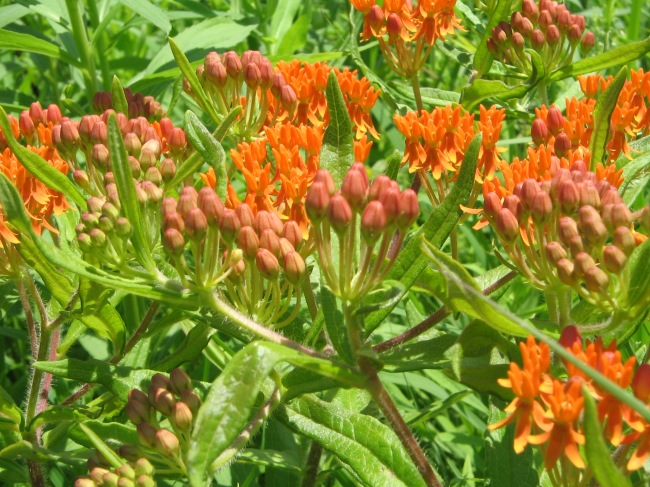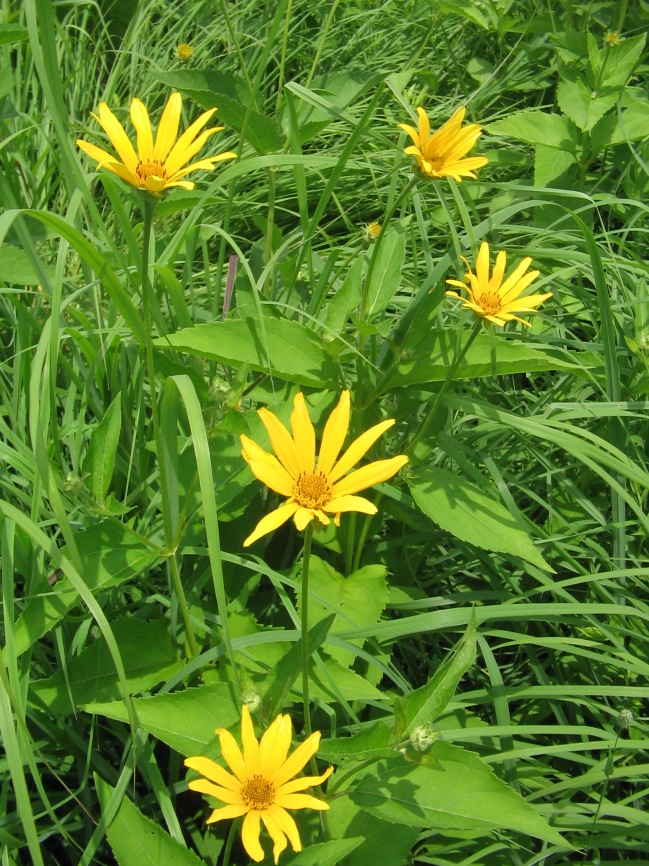
It has been more than three years since my last post, but that doesn’t mean I haven’t been busy. Restoring a natural habitat is real work, man! And sometimes it’s hard to take the time to stop and document the progress when I’m in the middle of a job, believe me. But more content is coming, you’ll see.
In the meantime, let’s get back to my prairie flower feature series. Behold the goldenrod, or solidago, a flower among a genus of more than 100 flowering plants. With its stiff branches filled with clusters of miniature yellow blooms, the goldenrod blooms from July to October and makes a beautiful ornamental flower in a meadow, garden, or in a vase.
In a prairie, the goldenrod is beneficial because it attracts birds, butterflies, and is a source of nectar for bees, particularly honey bees.
The goldenrod supports “conservation biological control,” which means it attracts predatory insects that prey upon pest insects.
Aside from its natural impact and aesthetic charm, the goldenrod’s significance extends to the industrialized world as well.
Goldenrod is a natural source of rubber, or latex, which American inventor Thomas Edison attempted to make commercially viable before he died. Same with botantist George Washington Carver when he partnered with industrialist Henry Ford to help supplement a shortage of rubber during World War II.
The flower is used in herbal medicine to relieve irritation and counter inflammation from bacterial infections and kidney stones. In the past, it was used to dress wounds and to help stop bleeding.
According to author Elizabeth Silverthorne in her book, Legends and Lore of Texas Wildflowers, many Native American cultures found goldenrod useful for treating ulcers, boils, and kidney diseases; relieving sore throats, pain, and nausea; and was used in medicinal steam baths.
Both Kentucky and Nebraska made goldenrod their official state flowers. The same with Alabama, although their state flower was eventually replaced by the camellia. Golden is the state wildflower of South Carolina and is the state herb of Delaware.
Goldenrod is often blamed as the cause of hay fever, which is a misconception since goldenrod pollen is too heavy and sticky to be blown by wind. Instead, allergies are triggered by the pollen from ragweed, which just happens to bloom as the same time as goldenrod.
Also, young goldenrod leaves are edible and goldenrod works well in a herbal tea.
Here’s a short video on goldenrod and its various uses:
Follow Red Buffalo Prairie Restorations on Facebook and Twitter.







